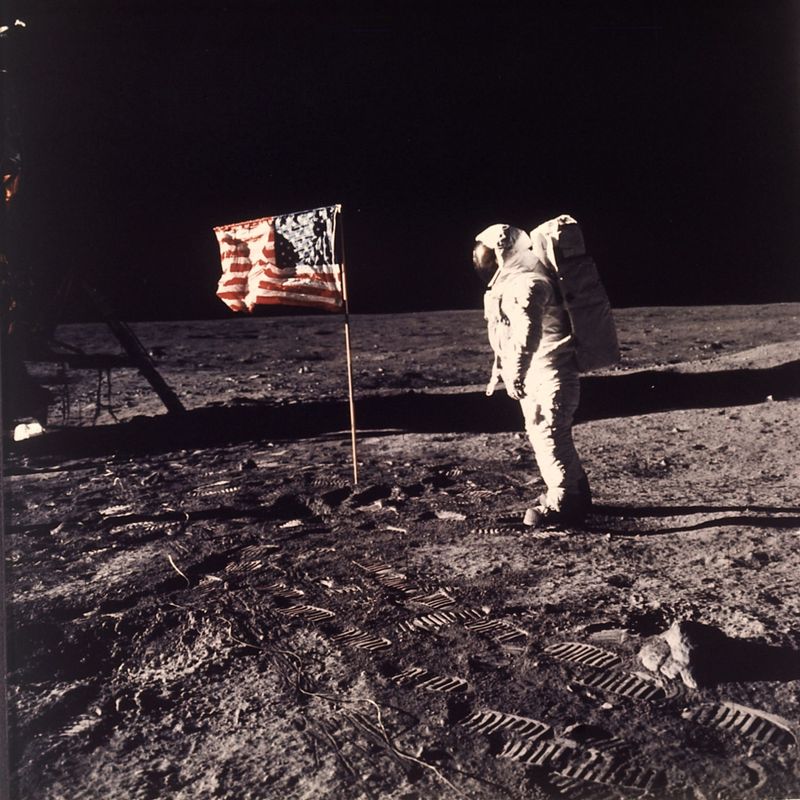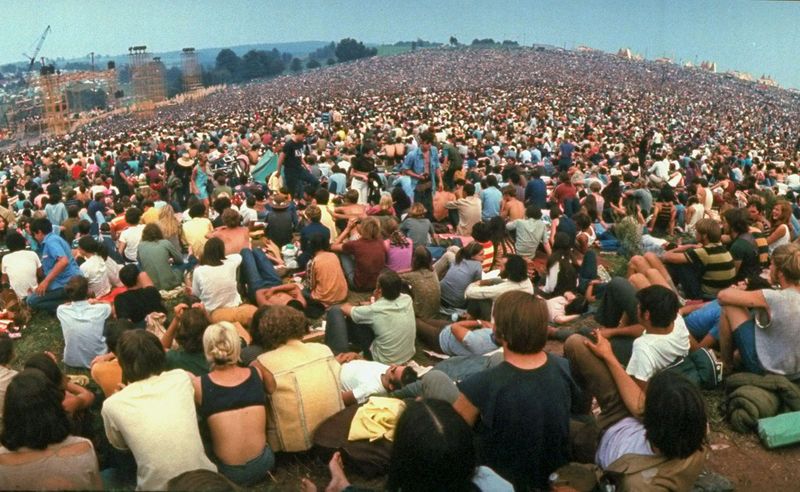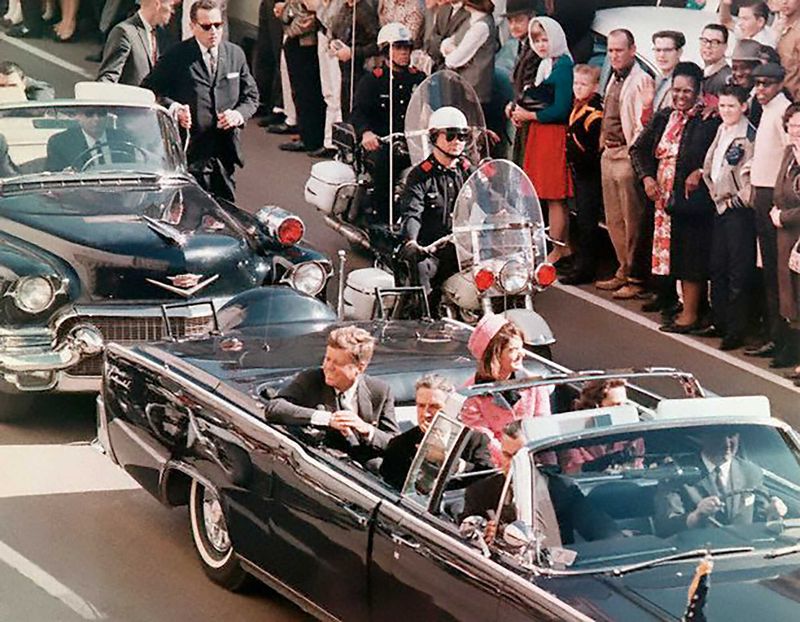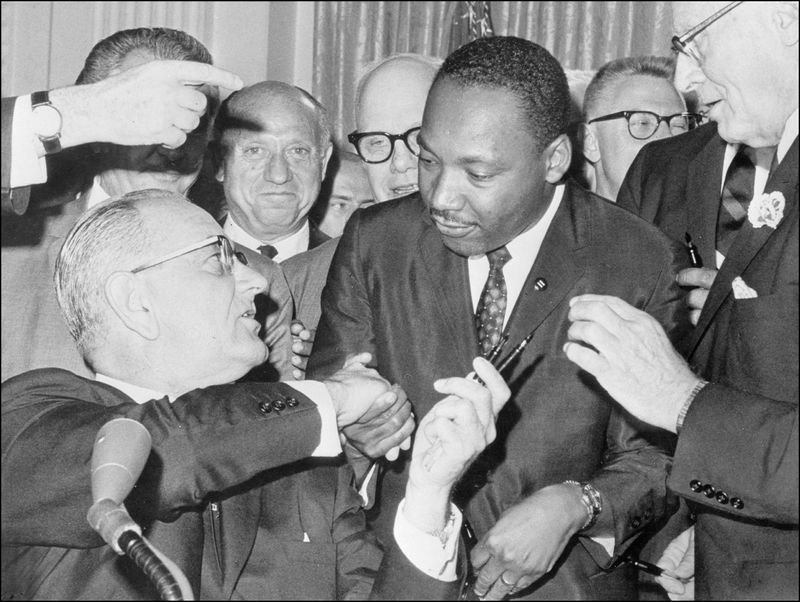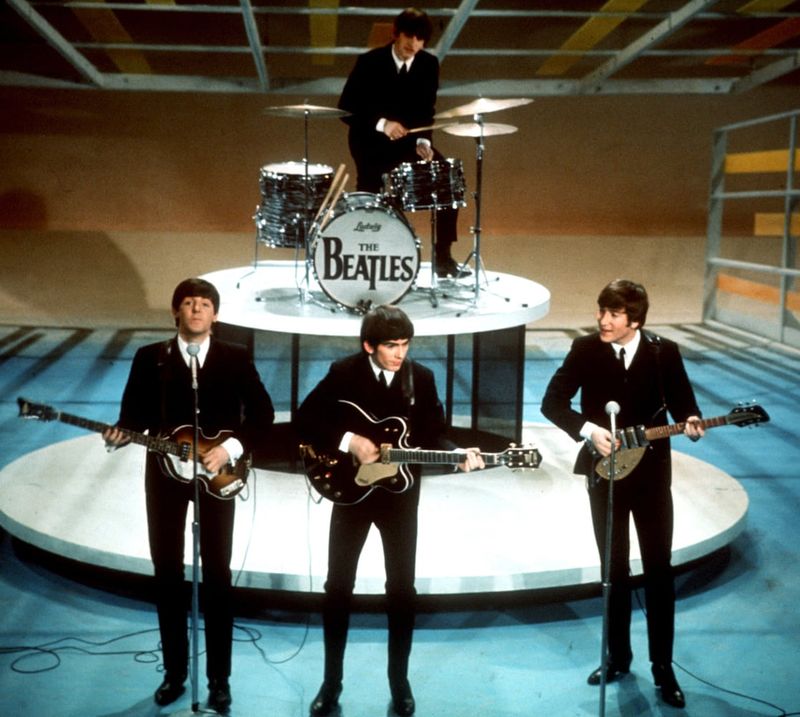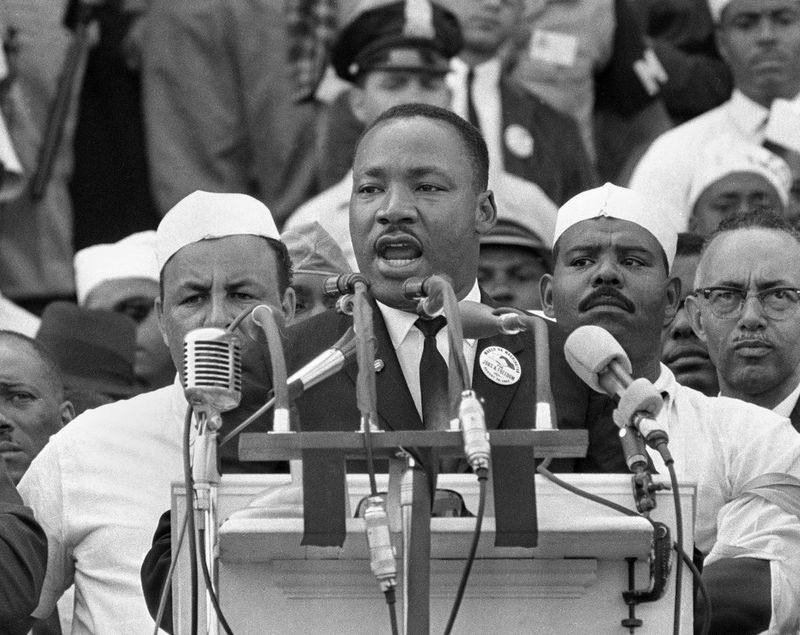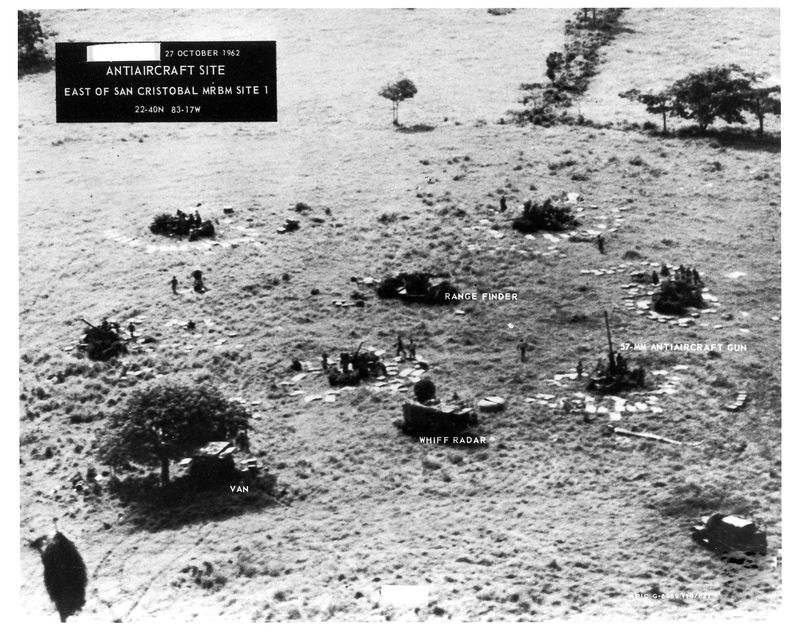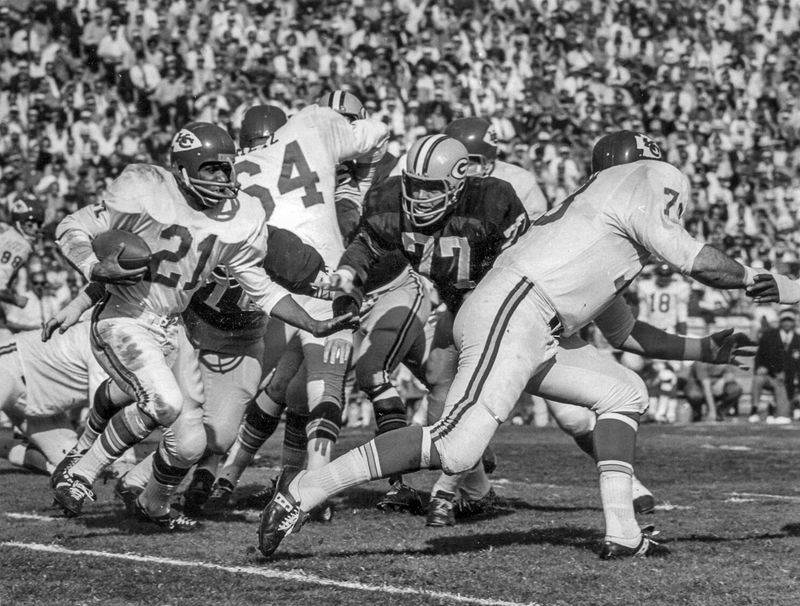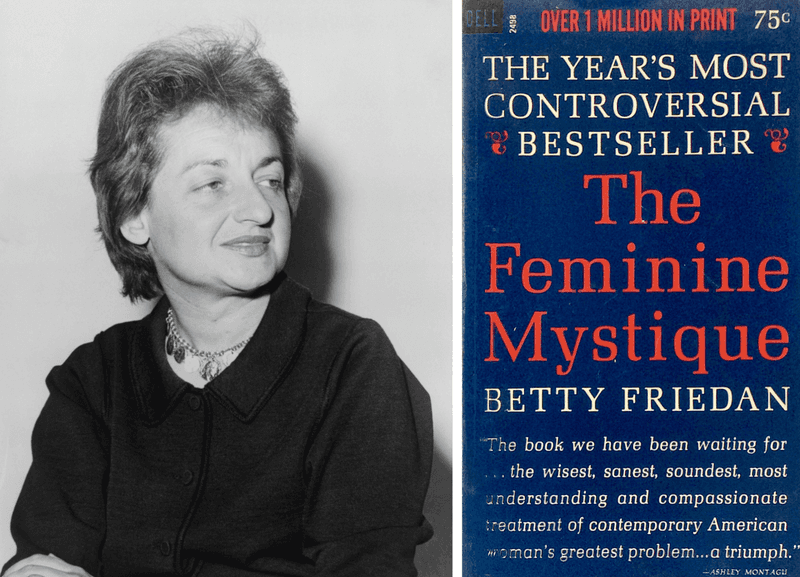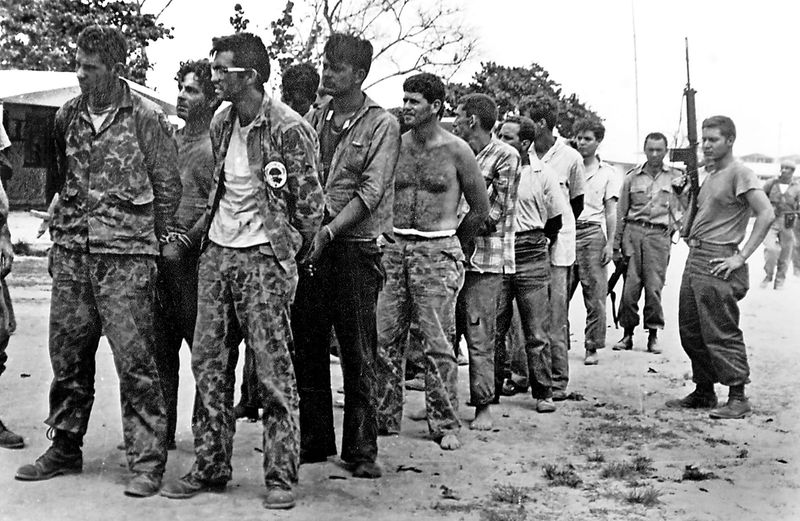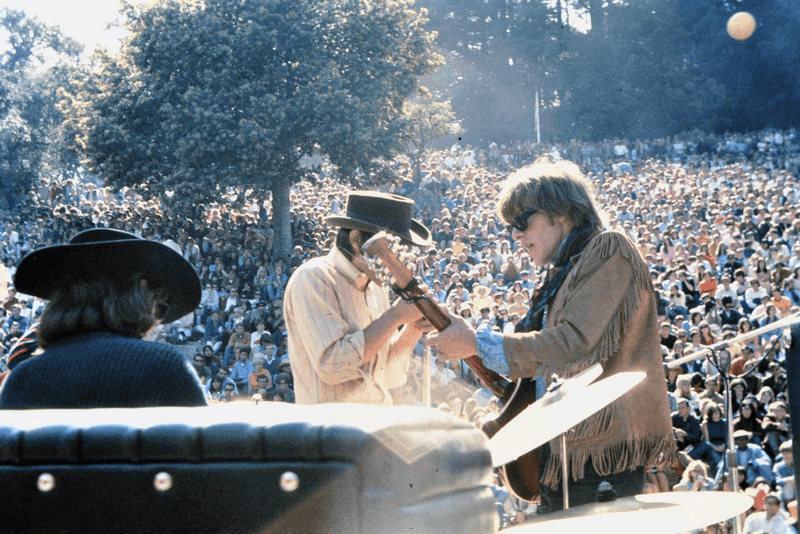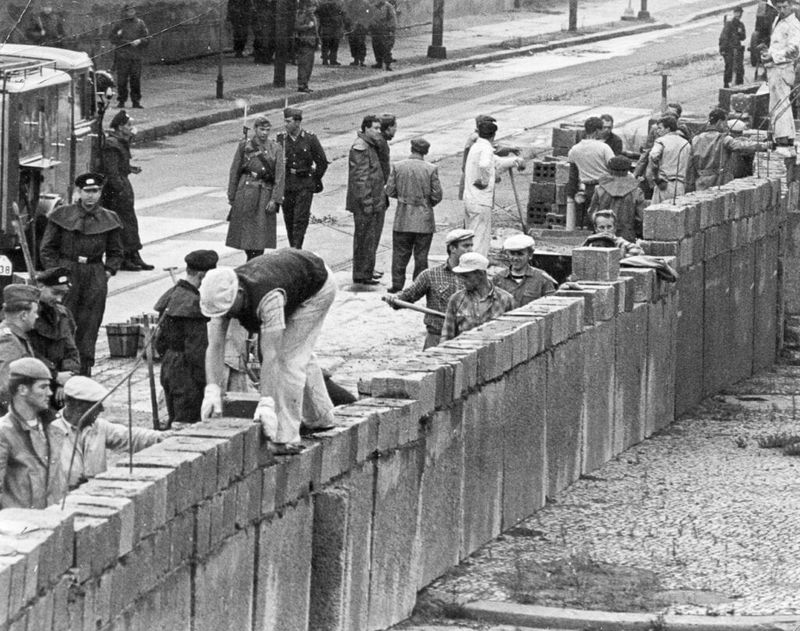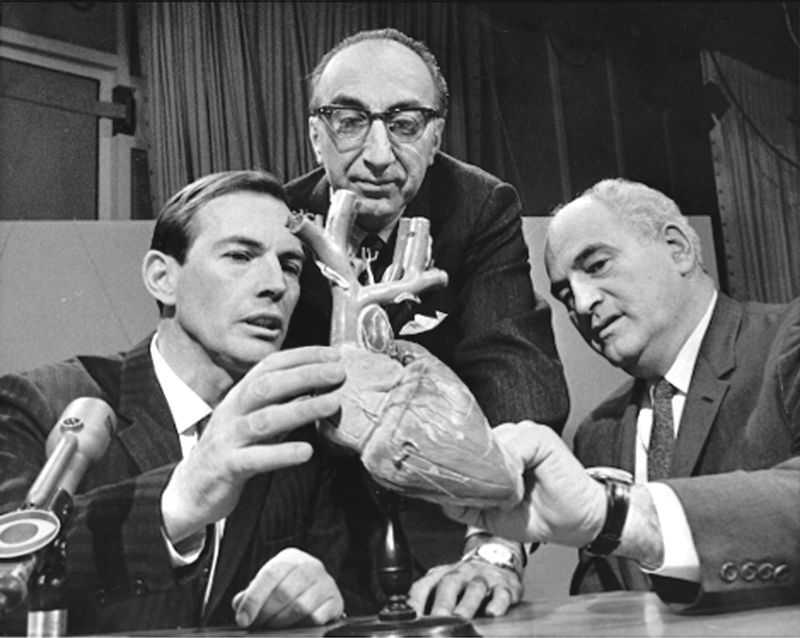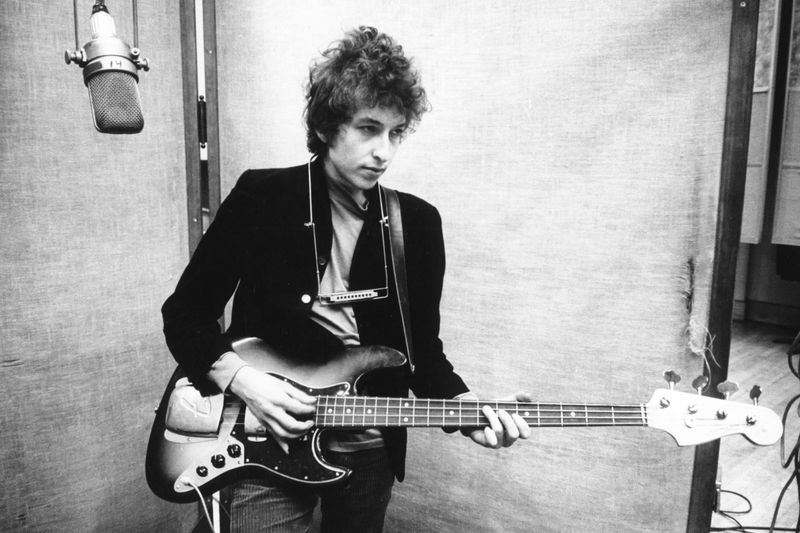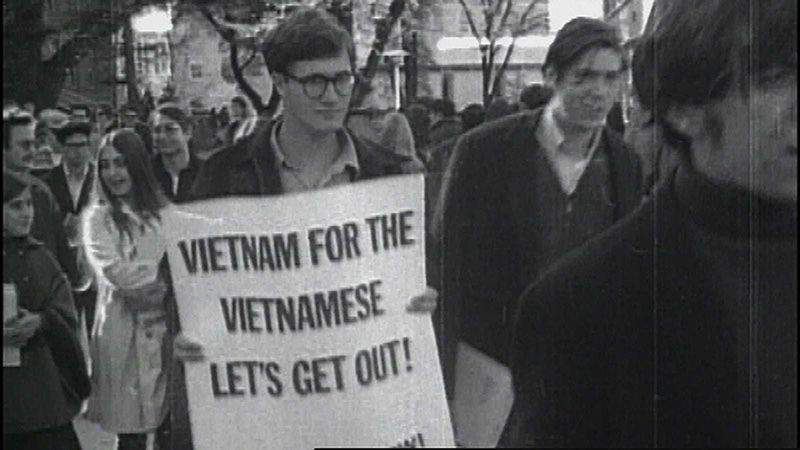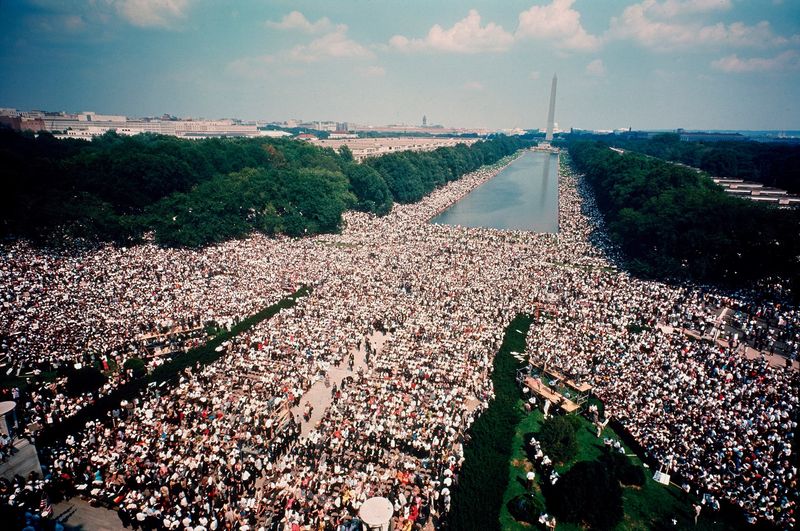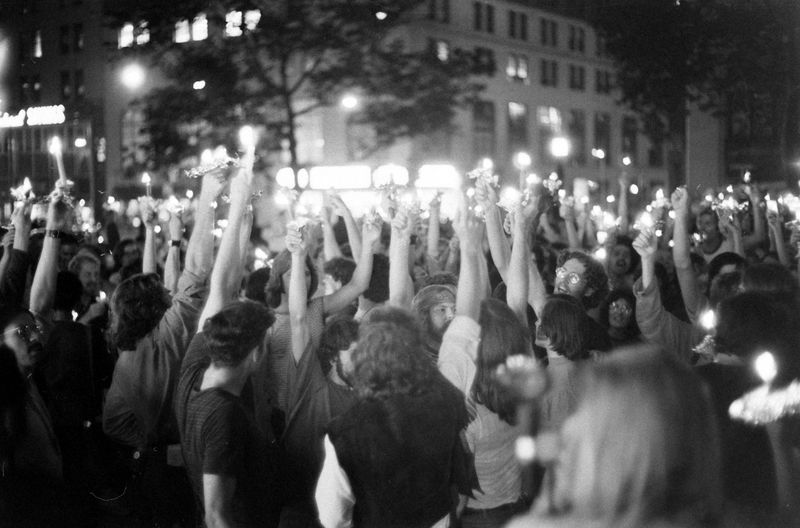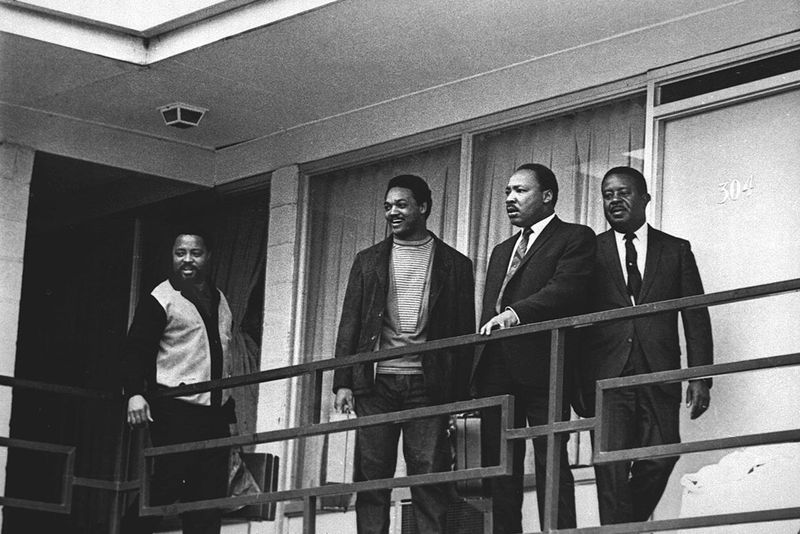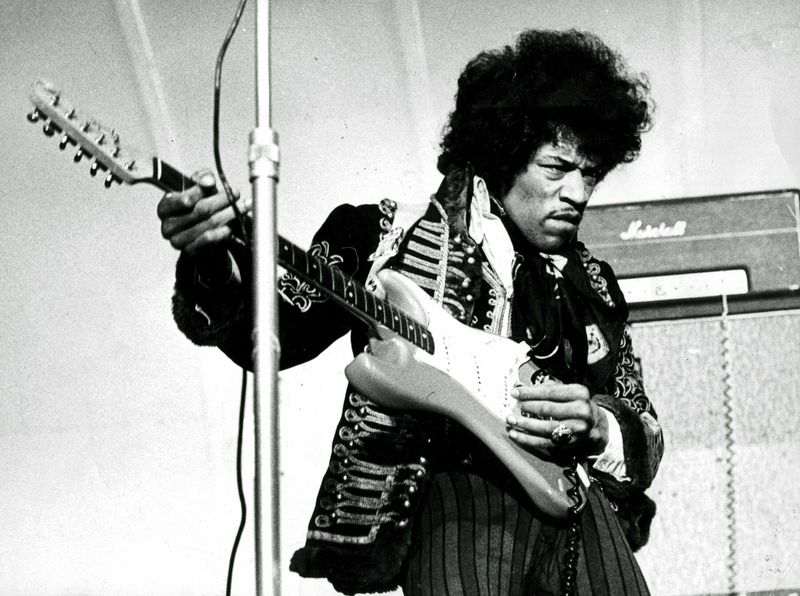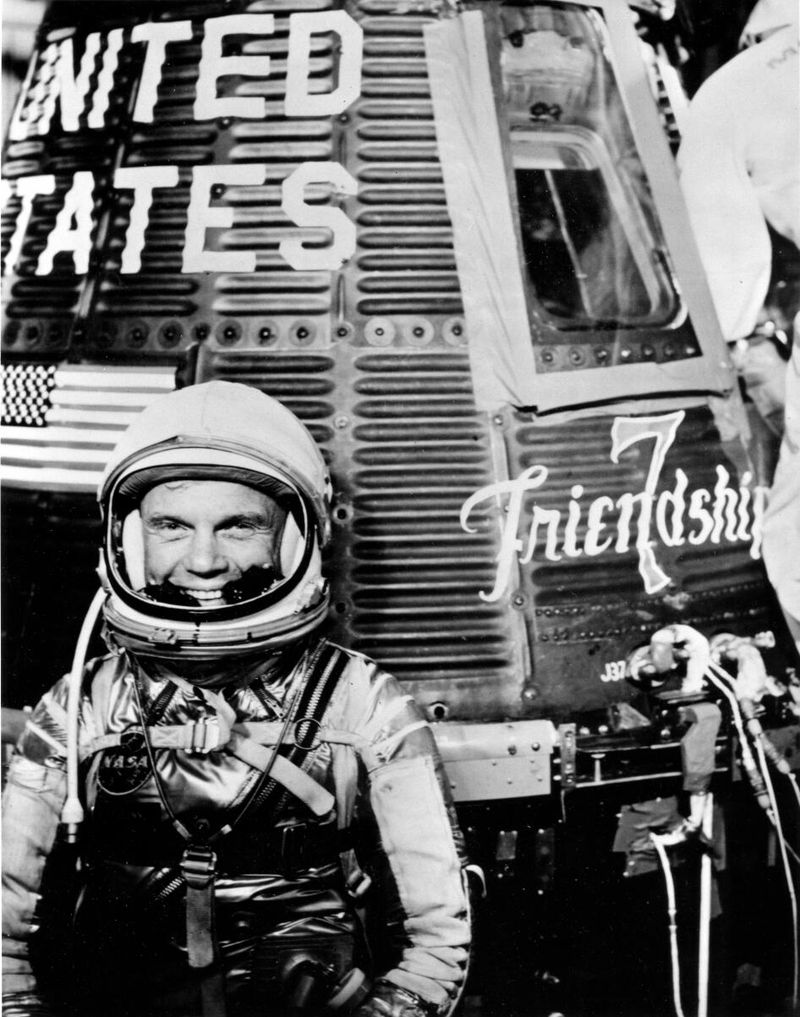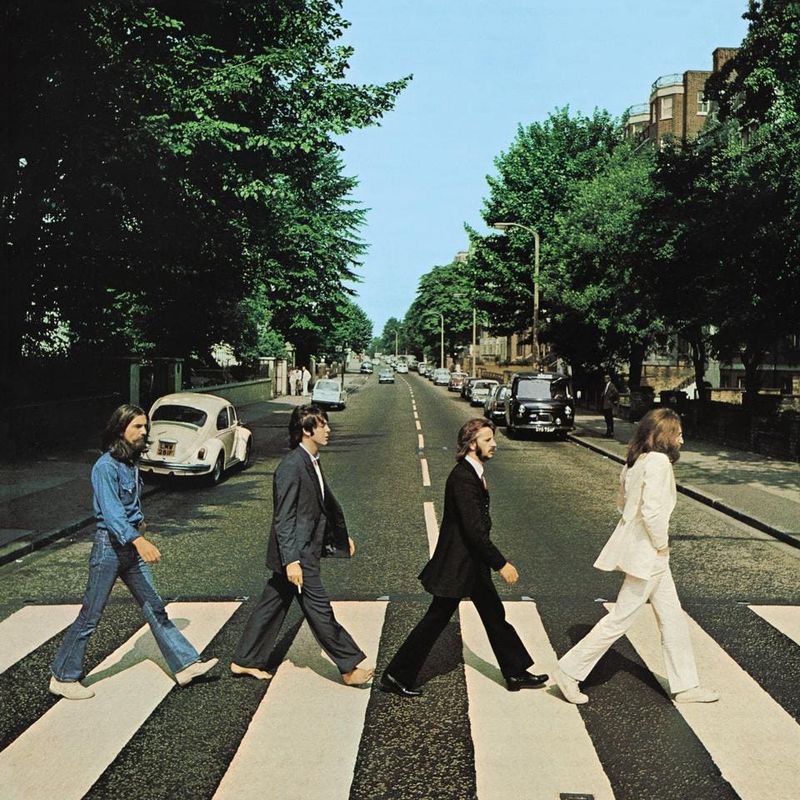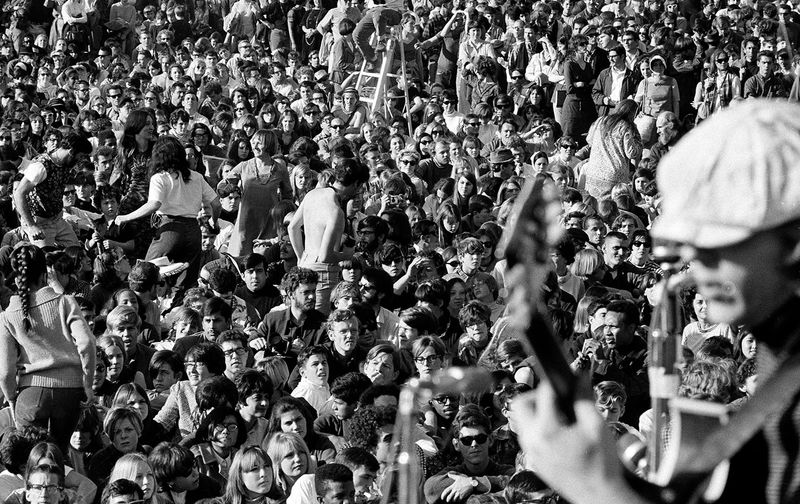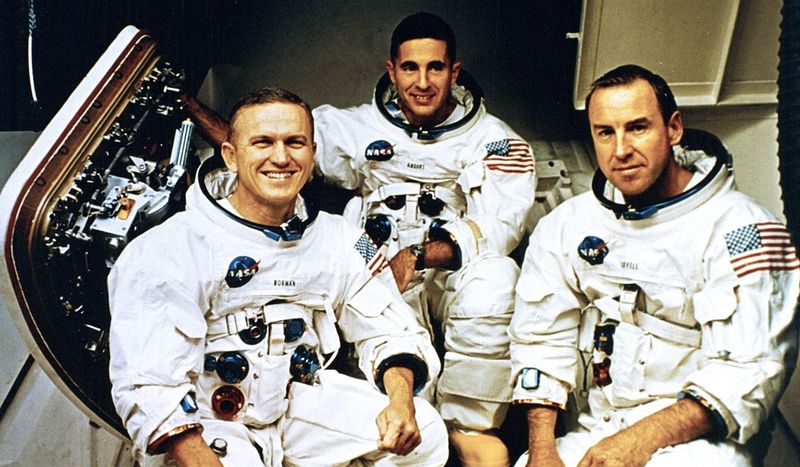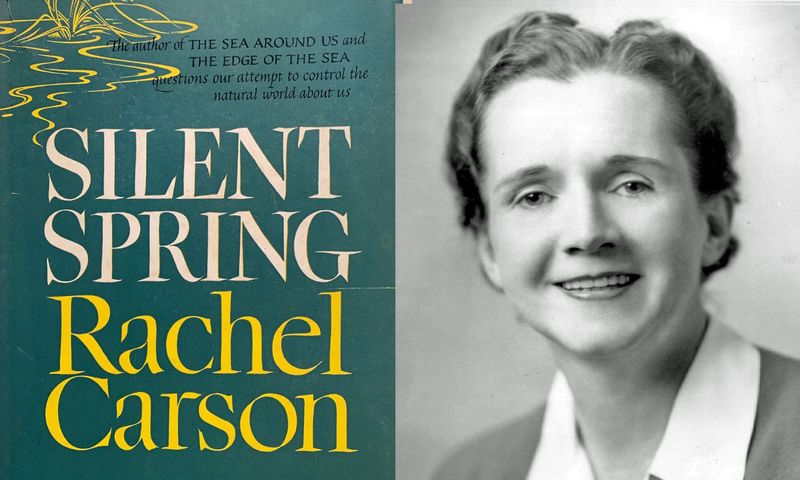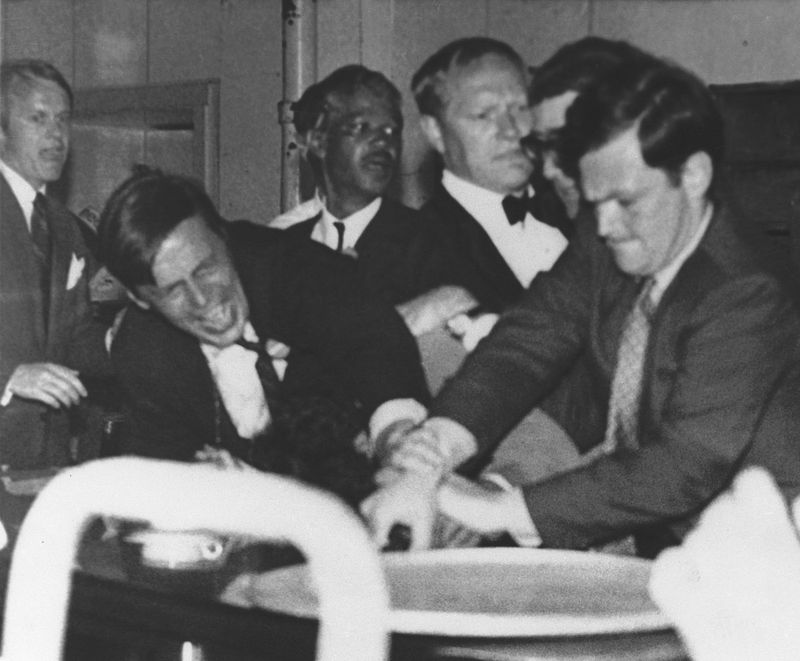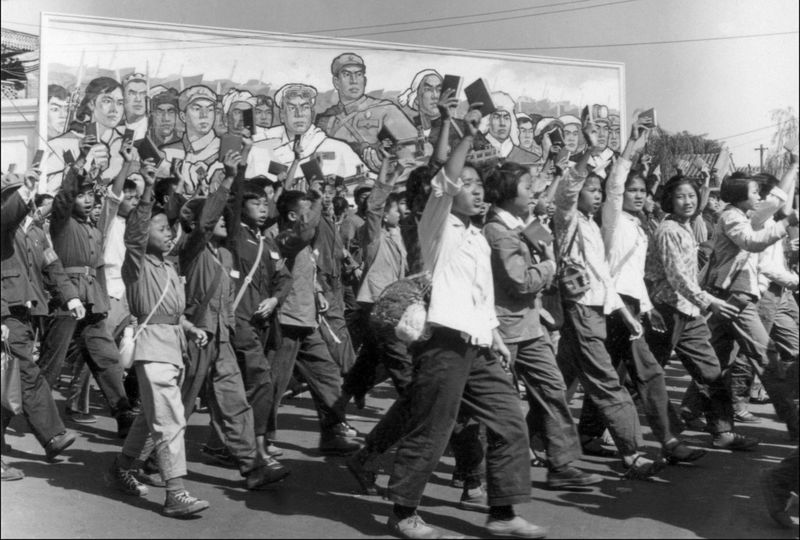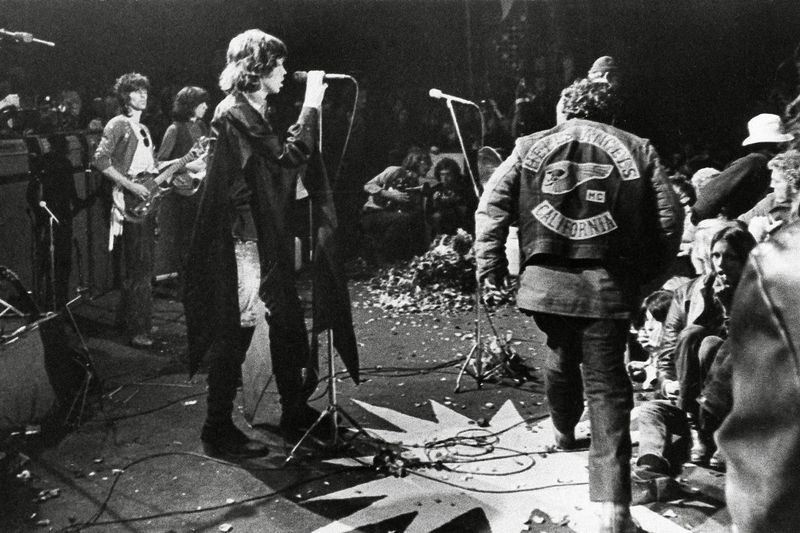The 1960s was a decade marked by revolutionary changes and unforgettable moments. This era witnessed cultural shifts, historic events, and influential figures who left an indelible mark on history.
From groundbreaking music and landmark speeches to pivotal political movements, the 1960s shaped the modern world in profound ways. Join us as we explore 29 iconic people and moments that defined this extraordinary decade.
1. The Moon Landing, 1969
The Moon Landing of 1969 stands as one of humanity’s greatest achievements. On July 20, Neil Armstrong became the first human to set foot on the lunar surface, uttering the iconic words, “That’s one small step for man, one giant leap for mankind.”
This monumental event was a triumphant moment for NASA and the United States, marking the culmination of the space race. The landing captivated millions worldwide, symbolizing the limitless possibilities of human exploration and innovation.
It demonstrated the power of scientific collaboration and inspired generations to dream beyond the stars.
2. Woodstock Festival, 1969
In August 1969, the Woodstock Festival became a symbol of the counterculture movement. Held on a dairy farm in Bethel, New York, it attracted over 400,000 attendees.
The festival featured legendary performances by artists like Jimi Hendrix, Janis Joplin, and The Who. Woodstock embodied the era’s spirit of peace, love, and music, providing a platform for anti-establishment and anti-war sentiments.
Despite logistical challenges, the event remained peaceful, highlighting the unifying power of music. Woodstock’s legacy endures, representing an era of cultural rebellion and artistic freedom.
3. Assassination of John F. Kennedy, 1963
The assassination of President John F. Kennedy on November 22, 1963, in Dallas, Texas, was a defining moment in American history. As Kennedy rode in an open car, he was fatally shot, shocking the nation and the world.
His death marked a turning point, leading to widespread mourning and uncertainty. The event raised questions about political stability and security, prompting changes in presidential protection.
Kennedy’s charisma and vision for a “New Frontier” left a lasting impact, and his assassination remains a subject of fascination and investigation.
4. Civil Rights Act, 1964
The Civil Rights Act of 1964 was a landmark piece of legislation in the United States. Signed into law by President Lyndon B. Johnson, it aimed to end segregation in public places and banned employment discrimination.
This act was a culmination of years of activism and struggle by civil rights leaders like Martin Luther King Jr. and Rosa Parks. It marked a significant victory in the fight for equality and justice, paving the way for further advancements in civil rights.
The legislation’s impact is still felt today, as it laid the groundwork for a more inclusive society.
5. The Beatles on The Ed Sullivan Show, 1964
The Beatles’ appearance on The Ed Sullivan Show on February 9, 1964, was a watershed moment in music history. Watched by over 70 million viewers, their performance marked the beginning of the “British Invasion” in America.
The Fab Four—John Lennon, Paul McCartney, George Harrison, and Ringo Starr—captivated audiences with their charisma and catchy tunes. This event catapulted them to international fame, influencing music and culture worldwide.
The Beatles’ impact on fashion, music, and youth culture was profound, and their legacy continues to inspire musicians and fans alike.
6. Martin Luther King Jr.’s “I Have a Dream” Speech, 1963
On August 28, 1963, Martin Luther King Jr. delivered his iconic “I Have a Dream” speech during the March on Washington. Standing in front of the Lincoln Memorial, King called for racial equality and an end to discrimination.
His words resonated with millions, becoming a defining moment in the civil rights movement. The speech emphasized the need for harmony and justice, inspiring future generations to continue the struggle for equality.
King’s dream of a society where people are judged by their character, not skin color, remains a guiding principle for civil rights advocates.
7. Cuban Missile Crisis, 1962
The Cuban Missile Crisis in October 1962 brought the world to the brink of nuclear war. For 13 days, the United States and the Soviet Union were locked in a tense standoff over the presence of Soviet missiles in Cuba.
President Kennedy and Soviet Premier Khrushchev navigated a delicate diplomatic dance to avoid catastrophe. The crisis ended with an agreement to dismantle the missiles, averting a potential nuclear conflict.
This event highlighted the fragile nature of international relations during the Cold War and underscored the need for careful diplomacy and communication.
8. First Super Bowl, 1967
The first Super Bowl, held on January 15, 1967, marked the birth of a new American tradition. The Green Bay Packers faced off against the Kansas City Chiefs at the Los Angeles Memorial Coliseum. The Packers emerged victorious, winning 35-10.
This event signaled the merger of the National Football League (NFL) and the American Football League (AFL).
The Super Bowl has since grown to become one of the most-watched sporting events globally, known for its thrilling halftime shows and memorable commercials.
Its inaugural game laid the foundation for a cultural phenomenon that continues to captivate audiences.
9. The Feminine Mystique Publication, 1963
Published in 1963, “The Feminine Mystique” by Betty Friedan challenged traditional gender roles and sparked the second wave of feminism.
The book explored the dissatisfaction of many women confined to domestic roles, questioning societal expectations. Friedan’s work resonated with millions, igniting conversations about gender equality and women’s rights.
It encouraged women to pursue careers, education, and independence, challenging the status quo. “The Feminine Mystique” became a catalyst for change, inspiring activism and reform.
Its impact is still felt today, as it laid the groundwork for ongoing efforts to achieve gender equality.
10. Bay of Pigs Invasion, 1961
The Bay of Pigs Invasion in April 1961 was a failed military operation by Cuban exiles, supported by the U.S. government, to overthrow Fidel Castro. The invasion aimed to incite an uprising against Castro’s communist regime but ended in disaster.
Poor planning, lack of support, and quick Cuban military response led to defeat. The event was an embarrassment for the U.S., damaging its reputation and credibility.
It also strengthened Castro’s position in Cuba and solidified Soviet-Cuban relations. The Bay of Pigs highlighted the complexities of Cold War politics and the challenges of intervention.
11. The Summer of Love, 1967
The Summer of Love in 1967 was a social phenomenon, centered in San Francisco’s Haight-Ashbury district. Thousands of young people, known as “hippies,” gathered to celebrate peace, love, and community.
The movement embraced alternative lifestyles, rejecting materialism and traditional values. Music, art, and spirituality were integral to the experience, with bands like The Grateful Dead and Jefferson Airplane providing the soundtrack.
The Summer of Love represented a shift in cultural consciousness, influencing fashion, music, and social norms. Its legacy endures, symbolizing a time of experimentation, freedom, and a quest for meaning.
12. Berlin Wall Construction, 1961
In August 1961, the Berlin Wall’s construction began, dividing East and West Berlin. Erected by the East German government, the wall aimed to prevent East Berliners from fleeing to the West.
It became a symbol of the Cold War’s division and the stark contrast between communism and democracy. The wall stood for nearly three decades, impacting the lives of millions.
Its presence underscored the ideological divide and fueled tensions between the Eastern and Western blocs. The Berlin Wall’s eventual fall in 1989 marked the end of an era and the beginning of reunification.
13. First Heart Transplant, 1967
The first successful heart transplant was performed on December 3, 1967, by Dr. Christiaan Barnard in Cape Town, South Africa. The groundbreaking surgery marked a significant advancement in medicine, inspiring hope and controversy.
The patient, Louis Washkansky, survived for 18 days post-operation, demonstrating the procedure’s potential. Despite ethical concerns and challenges, the surgery paved the way for future developments in transplantation medicine.
It opened new possibilities for saving lives and treating previously incurable conditions. The pioneering spirit of Dr. Barnard and his team continues to influence modern medical practices.
14. Bob Dylan’s “Like A Rolling Stone” Release, 1965
Bob Dylan’s iconic song “Like A Rolling Stone,” released in 1965, revolutionized the music industry. With its raw sound and introspective lyrics, the song challenged traditional songwriting norms.
It marked a shift from folk to rock music, influencing countless artists. Dylan’s ability to blend poetic storytelling with electric instrumentation captured the spirit of the era.
“Like A Rolling Stone” topped charts, resonating with a generation seeking change and authenticity. Its legacy endures, continually ranked among the greatest songs of all time. Dylan’s impact on music and culture remains profound and enduring.
15. The Vietnam War Protests, 1960s
Throughout the 1960s, the Vietnam War sparked widespread protests across the United States and beyond. Demonstrations were fueled by opposition to the war’s escalating violence and draft policies.
Students, activists, and ordinary citizens participated in marches, sit-ins, and teach-ins, demanding an end to the conflict. The protests highlighted the power of grassroots movements and public dissent.
They contributed to shifting public opinion and increased pressure on policymakers to reconsider their strategies. The Vietnam War protests remain a testament to the influence of civic engagement and the enduring quest for peace and justice.
16. The March on Washington, 1963
The March on Washington for Jobs and Freedom on August 28, 1963, was a pivotal moment in the civil rights movement. Over 250,000 people gathered at the Lincoln Memorial to demand civil and economic rights for African Americans.
The event featured speeches from prominent leaders, including Martin Luther King Jr., whose “I Have a Dream” speech became iconic.
The march highlighted the power of collective action and nonviolent protest, drawing attention to the urgent need for change. It played a key role in the passage of civil rights legislation and left an indelible mark on history.
17. The Stonewall Riots, 1969
The Stonewall Riots in June 1969 marked a turning point in the fight for LGBTQ+ rights. Sparked by a police raid at the Stonewall Inn in New York City, the riots ignited a series of protests by the LGBTQ+ community.
The events highlighted the systemic discrimination faced by LGBTQ+ individuals and galvanized the movement for equality and acceptance.
The riots are often credited with launching the modern LGBTQ+ rights movement, leading to the formation of advocacy groups and the annual Pride celebrations. Stonewall’s legacy continues to inspire activism and progress toward inclusivity.
18. The Assassination of Martin Luther King Jr., 1968
The assassination of Martin Luther King Jr. on April 4, 1968, was a devastating blow to the civil rights movement. King was a pivotal leader, advocating for nonviolent resistance and racial equality.
His death sparked nationwide riots and mourning, highlighting the deep-seated racial tensions in the United States. King’s legacy of peace, justice, and equality lives on, inspiring continued efforts for social change.
His assassination underscored the urgent need for racial reconciliation and justice, leaving a lasting impact on American society and the global struggle for civil rights.
19. Psychedelic Rock Emergence, 1960s
The 1960s saw the emergence of psychedelic rock, a genre that fused rock music with experimental sounds and mind-altering experiences.
Bands like The Doors, Pink Floyd, and The Jimi Hendrix Experience led the way, incorporating innovative techniques and surreal lyrics.
Psychedelic rock reflected the era’s counterculture movement, embracing themes of exploration and consciousness expansion.
The genre’s influence extended beyond music, impacting fashion, art, and social attitudes. Its vibrant and eclectic nature continues to inspire musicians and artists, embodying the spirit of creativity and rebellion that defined the 1960s.
20. John Glenn’s Orbit, 1962
On February 20, 1962, John Glenn became the first American to orbit the Earth, aboard the Friendship 7 spacecraft. This historic mission marked a significant achievement in the space race, demonstrating advanced technological capabilities.
Glenn’s successful orbit bolstered American morale, establishing the United States as a formidable force in space exploration. The mission also paved the way for future manned spaceflights, contributing to the eventual goal of landing on the moon.
John Glenn’s bravery and pioneering spirit remain celebrated, symbolizing the potential of human ingenuity and determination in the quest for knowledge.
21. The Beatles’ Abbey Road Album, 1969
Released in 1969, The Beatles’ “Abbey Road” album is considered one of their greatest works. The iconic cover image of the band crossing Abbey Road has become legendary.
The album features a diverse array of musical styles, showcasing the band’s creativity and evolution. Songs like “Come Together” and “Here Comes the Sun” have become timeless classics.
“Abbey Road” marked the end of an era for The Beatles, as it was their last recorded album before their breakup. Its enduring appeal and influence on music remain a testament to The Beatles’ artistic legacy.
22. The Human Be-In, 1967
The Human Be-In, held on January 14, 1967, in San Francisco’s Golden Gate Park, was a precursor to the Summer of Love. The event brought together thousands of people, celebrating love, unity, and cultural experimentation.
Influential figures like Timothy Leary and Allen Ginsberg were present, promoting counterculture ideals and alternative lifestyles. Music, poetry, and spiritual practices were central to the experience, fostering a sense of community and connection.
The Human Be-In symbolized the growing counterculture movement, emphasizing peace, creativity, and the rejection of societal norms.
23. Apollo 8 Mission, 1968
The Apollo 8 mission, launched on December 21, 1968, was a pivotal moment in space exploration. It was the first manned mission to orbit the Moon, providing vital data for future lunar landings.
The crew, consisting of Frank Borman, James Lovell, and William Anders, captured the iconic “Earthrise” photograph, showcasing the beauty and fragility of our planet.
Apollo 8’s success demonstrated the feasibility of lunar travel, paving the way for the historic Apollo 11 Moon landing. The mission remains a testament to human ingenuity and the spirit of exploration that defined the 1960s.
24. Rachel Carson’s Silent Spring, 1962
Published in 1962, Rachel Carson’s “Silent Spring” raised awareness about the environmental impact of pesticides. The book highlighted the dangers of chemical pollution, challenging the practices of the agricultural industry.
Carson’s work sparked a nationwide conversation about environmental conservation, leading to increased public awareness and policy changes.
“Silent Spring” is credited with launching the modern environmental movement, inspiring future generations to advocate for sustainable practices.
Carson’s legacy endures, as her insights continue to resonate in ongoing efforts to protect the natural world and promote ecological balance.
25. The Assassination of Robert F. Kennedy, 1968
The assassination of Robert F. Kennedy on June 5, 1968, shocked the nation. As a charismatic leader and advocate for social justice, his death dealt a profound blow to the American political landscape.
Kennedy was campaigning for the Democratic presidential nomination when he was fatally shot in Los Angeles. His vision for a more equitable society resonated with many, leaving a void in the fight for progressive change.
The tragedy underscored the volatile political climate of the 1960s and the ongoing challenges of addressing social and economic inequality.
26. Cultural Revolution in China, 1966-1976
The Cultural Revolution in China, initiated by Mao Zedong in 1966, was a tumultuous period marked by political and social upheaval. Aimed at reinforcing communist ideology, it led to widespread purges, persecutions, and cultural destruction.
Intellectuals, artists, and perceived dissidents were targeted, with millions suffering persecution. The Cultural Revolution had far-reaching impacts on Chinese society, economy, and culture, causing significant turmoil and trauma.
Its legacy remains controversial, reflecting the complexities of ideological enforcement and the consequences of unchecked political power. The period continues to be a subject of study and reflection.
27. The Rolling Stones’ Altamont Free Concert, 1969
Held on December 6, 1969, the Altamont Free Concert was intended as a “Woodstock West,” headlined by The Rolling Stones. The event turned chaotic, marred by violence and tragedy.
The Hells Angels, hired as security, clashed with attendees, resulting in the death of a concertgoer. The concert highlighted the darker side of the counterculture movement and raised questions about safety at large gatherings.
Despite the turmoil, Altamont remains etched in music history, symbolizing the end of the 1960s’ idealism. It serves as a cautionary tale about the challenges of balancing freedom and responsibility.
